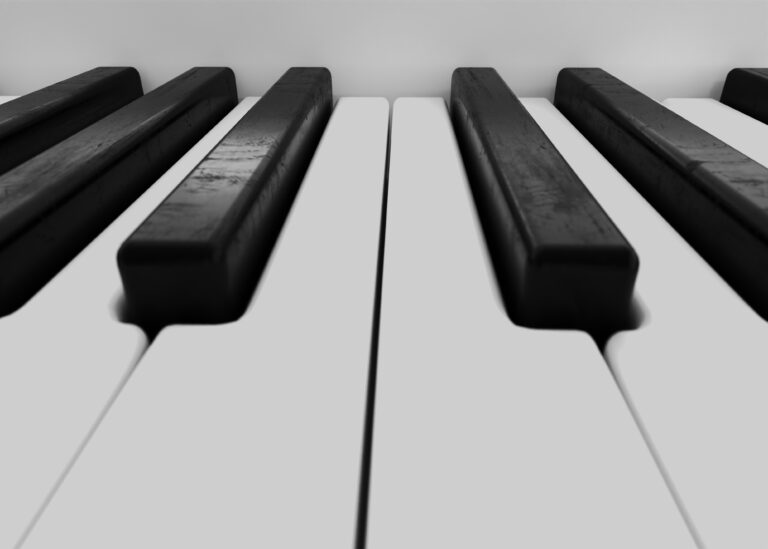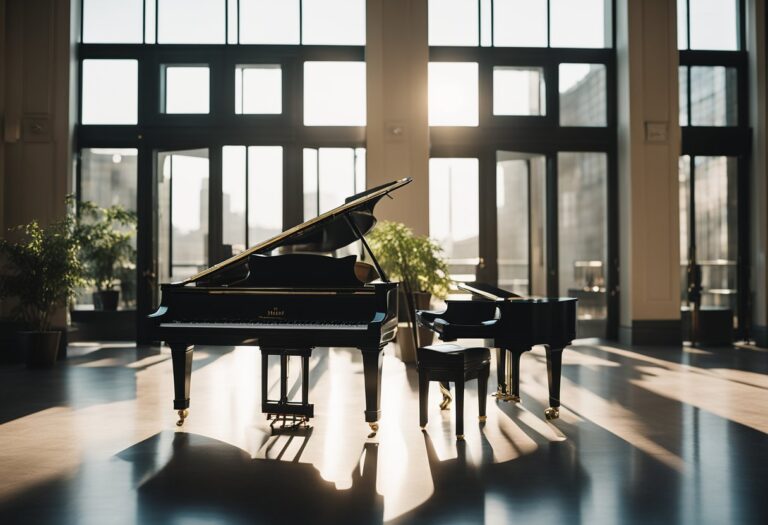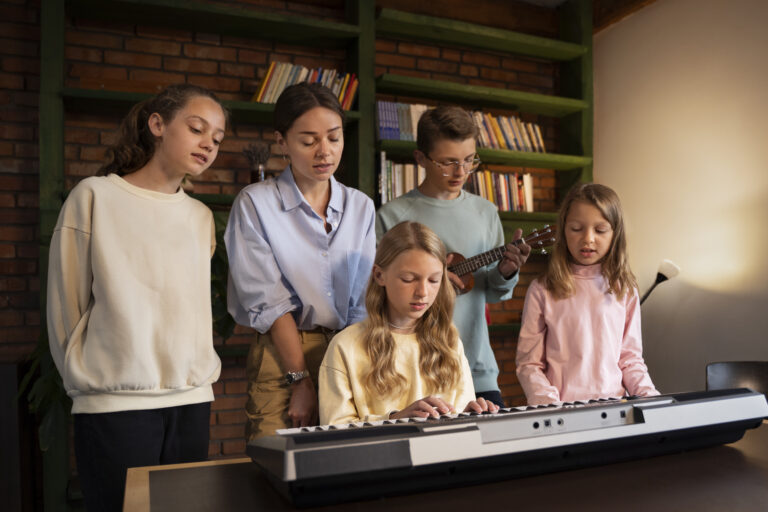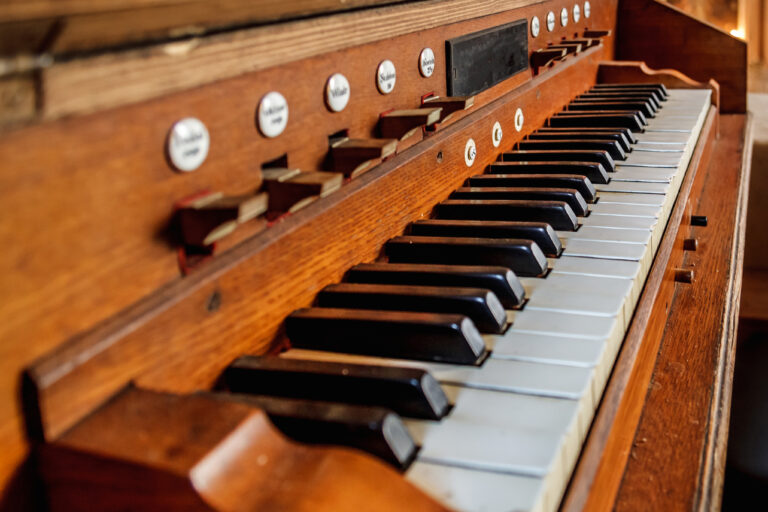Yes, a Piano Can Collapse on the Second Floor: Factors to Consider
Have you ever found yourself lost in the beautiful melodies of a piano, only to be jolted back to reality by the fear that your beloved instrument might collapse on the second floor? It’s a common concern for piano enthusiasts who live in multi-story buildings. The thought of a grand piano, weighing up to 1,200 pounds, crashing through the floor is enough to send shivers down anyone’s spine. But is this fear based on reality, or is it just an urban legend? In this article, we’ll explore the factors that determine whether a piano can collapse on the second floor, including the weight of the piano, the structural integrity of the building, and the placement of the piano. We’ll delve into the science behind it all and provide you with practical tips to ensure that your piano is safe and secure. So, if you’re a piano lover who wants to keep your instrument and your home intact, read on to discover the truth.
Understanding the Weight of a Piano
The weight of a piano varies depending on the type and size of the instrument. Here are some of the most common types of pianos and their average weight:
- Spinet piano: 300 to 400 pounds
- Console piano: 400 to 500 pounds
- Studio piano: 500 to 600 pounds
- Upright piano: 600 to 800 pounds
- Baby grand piano: 500 to 600 pounds
- Grand piano: 700 to 1,500 pounds
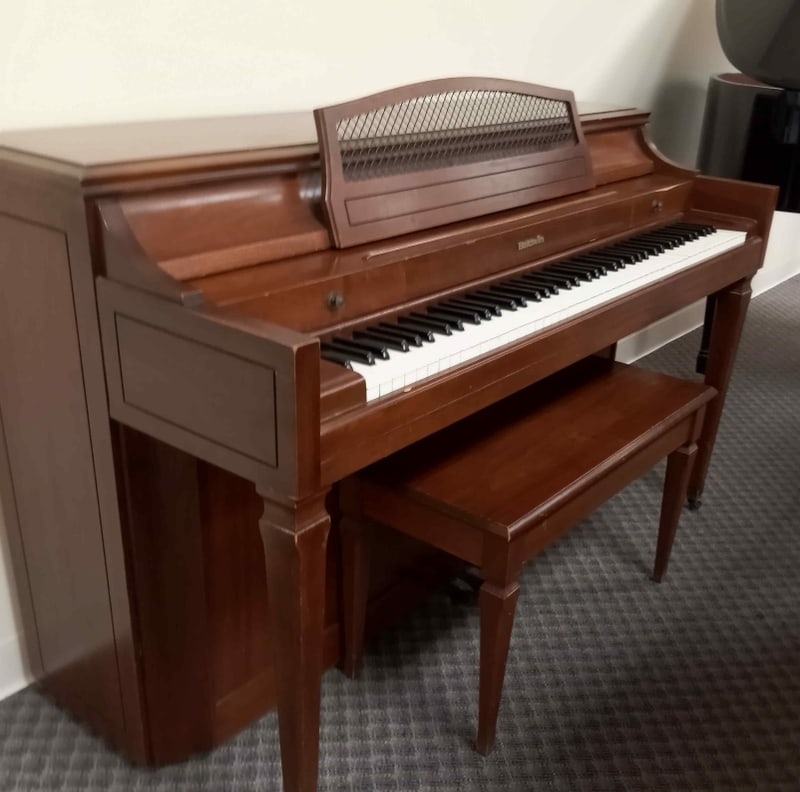
It is essential to note that these are just average weights, and the weight of a piano can vary depending on the manufacturer and model.
Floor Load Capacity
The weight of a piano is not the only factor to consider when placing it on the second floor. You also need to consider the load capacity of the floor. Most residential floors can support a load of 40 to 50 pounds per square foot. However, this can vary depending on the age and condition of the building.
To determine if your floor can support a piano, you need to know the weight of the instrument and the size of the area where you plan to place it. You can then calculate the weight per square foot and compare it to the load capacity of your floor.
It’s no secret that pianos are heavy instruments, and placing one on the second floor can be a daunting task. However, with the right knowledge, you can make sure that your piano and your building remain safe and sound. Understanding the weight of your piano and the load capacity of your floor is crucial in making this happen. So, before you embark on this musical adventure, take the time to do your research and ensure a harmonious coexistence between your piano and your home.
Structural Analysis of Second Floor
Material Strength
When considering the structural integrity of your second floor, it is important to take into account the strength of the materials used in its construction. The most common materials used in residential construction are wood and concrete.
If your second floor is made of wood, it is important to ensure that the wood is of sufficient quality and thickness to support the weight of a piano. The National Design Specification (NDS) provides guidelines for determining the allowable stress levels for different grades of wood, which can help you determine if your flooring is strong enough to support a piano.
If your second floor is made of concrete, it is important to ensure that the concrete has been properly reinforced with steel rebar. This reinforcement helps to distribute the weight of the piano evenly across the floor, preventing any one area from bearing too much weight.
Floor Joist Spacing
Another important factor to consider when analyzing the structural integrity of your second floor is the spacing of the floor joists. Floor joists are horizontal beams that support the weight of the floor above.
If the spacing between your floor joists is too wide, it can cause the floor to sag or even collapse under the weight of a heavy object like a piano. The International Residential Code (IRC) provides guidelines for the maximum allowable spacing between floor joists based on the type of wood used and the weight the floor is expected to support.
In general, the spacing between floor joists should be no more than 16 inches at the centre for most residential construction. However, if you are unsure about the spacing of your floor joists, it is recommended that you consult with a structural engineer or building inspector to ensure that your floor is strong enough to support a piano.
Risk Factors for a Piano on the Second Floor
Piano Placement
When considering placing a piano on the second floor, there are numerous factors to consider. First and foremost, the location of the piano in the room is crucial. It should be placed against a load-bearing wall in the centre of the room. This will help distribute the weight of the piano evenly across the floor joists and reduce the risk of collapse.
Another important factor to consider is the size and weight of the piano. A grand piano can weigh as much as 1,200 pounds, while an upright piano can weigh up to 800 pounds. If the piano is too large or heavy for the space, it can put undue stress on the floor joists and increase the risk of collapse.
Floor Vibration
Floor vibration is another risk factor to consider when placing a piano on the second floor. Vibrations from foot traffic or other sources can cause the piano to move, which can put additional stress on the floor joists and increase the risk of collapse.
To reduce the risk of floor vibration, it is recommended to place the piano on a thick rug or carpet pad. This will help absorb some of the vibrations and prevent them from transferring to the floor joists.
It is also important to avoid placing the piano near doors or windows, as these areas are more susceptible to vibration. Additionally, it is recommended to avoid placing heavy furniture or objects near the piano, as this can also cause vibrations that can increase the risk of collapse.
By considering these risk factors and taking appropriate measures to mitigate them, you can safely place a piano on the second floor without risking collapse.
Preventive Measures
Proper Installation
When installing a piano on the second floor, it is essential to ensure that it is done correctly. Improper installation can lead to the piano collapsing and causing severe damage to the floor and the piano itself. Therefore, it is crucial to hire a professional piano mover who has experience in installing pianos on the second floor.
The professional piano mover will ensure that the piano is placed in the right location and that the weight is evenly distributed. They will also ensure that the piano is secured to the floor using the appropriate fasteners. Failure to use the right fasteners can lead to the piano collapsing, even if it was installed correctly.
Regular Floor Inspection
Regular floor inspection is another preventive measure that can help prevent a piano from collapsing on the second floor. Over time, the floor can weaken due to various factors such as age, water damage, and pest infestation. Therefore, it is essential to inspect the floor regularly to ensure that it is in good condition.
During the inspection, look for signs of damage such as cracks, warping, and soft spots. If you notice any signs of damage, it is essential to have them repaired immediately. Failure to repair the damage can lead to the floor collapsing, even if the piano is installed correctly.
The last thing you want is for your beloved piano to come crashing down from the second floor. But fear not, there are steps you can take to prevent such a disaster. Proper installation and regular floor inspection are key to keeping your piano safe and secure. By taking these preventive measures, you can rest easy knowing that your piano will remain stable and upright, ready to produce beautiful music for years to come.
Conclusion
Ensuring the safety of your piano on the second floor of a building is crucial for any piano lover. As we’ve discovered, the risk of a piano collapsing is low but can be prevented with proper precautions. Placing the piano on a structurally sound floor and distributing its weight evenly is essential. Regular maintenance and inspections of both the piano and the building can also help identify and address any potential risks. Seeking the guidance of a professional piano mover or technician when moving or placing the piano is highly recommended. By prioritizing safety and taking these necessary precautions, you can enjoy your piano on the second floor without any worries or fear of accidents or damage. So, go ahead and play your heart out, knowing that you’ve taken the steps to keep your piano and your building safe.
Frequently Asked Questions
What is the weight limit for a second-floor piano?
The weight limit for a second-floor piano can vary depending on several factors, such as the construction of the building and the size and weight of the piano. In general, a standard upright piano can weigh between 300 and 500 pounds, while a grand piano can weigh up to 1,000 pounds or more. It is recommended to consult with a structural engineer to determine the weight limit of your second floor and ensure that it can safely support the weight of your piano.
How can I determine if my floor can support a piano?
To determine if your floor can support a piano, you can consult with a structural engineer or a professional piano mover. They can assess the construction of your building and the condition of your floor to determine if it can safely support the weight of a piano. Additionally, you can look for signs of damage or weakness in your floor, such as cracks, sagging, or squeaking, which can indicate that your floor may not be strong enough to support a piano.
What are some alternative locations for a piano besides the second floor?
If your second floor cannot support a piano, there are several alternative locations where you can place your piano, such as the ground floor, a basement, or a specially designed music room. It is important to consider factors such as humidity, temperature, and sound insulation when choosing a location for your piano to ensure that it remains in good condition and does not disturb your neighbours.
How can I reinforce my floor to support a piano?
If your floor cannot support a piano, you can reinforce it by adding additional support beams or columns, installing a steel frame, or using a specialized flooring system designed to support heavy loads. It is recommended to consult with a structural engineer or a professional contractor to determine the best method for reinforcing your floor and ensure that it meets building codes and safety standards.

